|
|
|
|
|
|
| Avraham (Peretz's)[1] [Tesler], of blessed memory. Grandfather of Sorah Gitlas [Mutter] and Liba [Tesler] |
|
Yitzhak-Yukal (Peretz's) [Tesler]
(Liba's brother) |
|
Yankel (Jacob) Tesler (Peretz's), of blessed memory |
| |
|
|
|
|
|
|
| Beinish Schwartz,[2] of blessed memory |
|
Shlomo Schechman,[3]
of blessed memory |
|
Beracha Raikhman from Mervits[4] |
| |
|
|
|
|
|
|
|
|
| Eliezer Hochberg,[5] the teacher from Boremel |
|
Tova [Genut] Teitelman[6] |
|
Chaim Rabinovitch,[7] of blessed memory |
|
Perel Mandelkern,[8] of blessed memory |
|
|
|
|
|
|
| Pinkhas Fistel, of blessed memory (from Mervits) |
|
The brothers Shlomo and Fishel Teitelman,[9] of blessed memory |
|
Peretz [Paul] Schwartz,[10] of blessed memory (grandson of Moshe Holtzeker) |
| |
|
|
|
|
|
|
|
|
| Moshe Wurtzel[11] from Mervits |
|
Pesach Goldseker,[12] of blessed memory |
|
Sheyke Berger (daughter of Chaim Berger[13] ) |
|
Avraham Pikhniuk[14] |
| |
|
|
|
|
|
|
|
|
| Sarah Vinokur,[15] of blessed memory |
|
Aba Goldseker,[16] of blessed memory |
|
Rachel Likrits,[17] of blessed memory (sister of Shmuel) |
|
Avigdor Litzman,[18] of blessed memory (son of Moshe Maklas) |
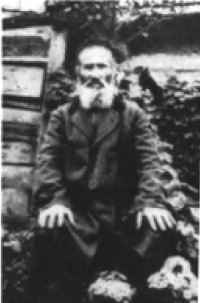
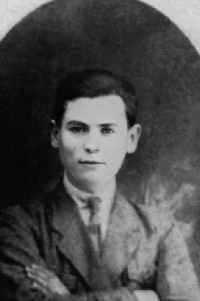
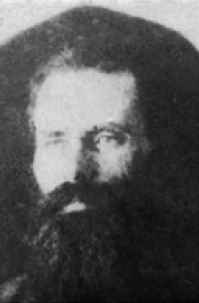
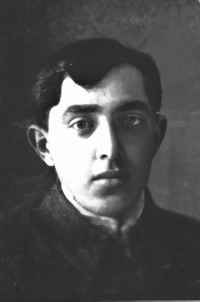
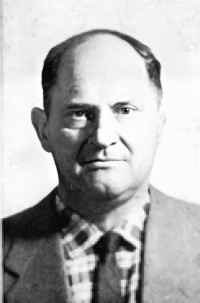
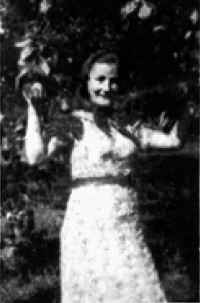
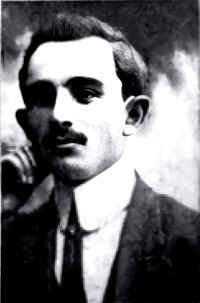
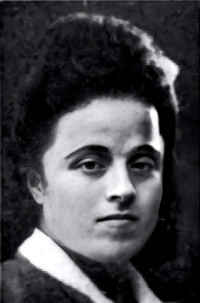
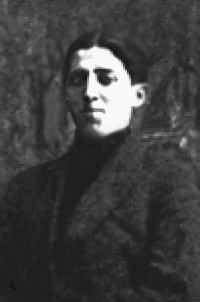
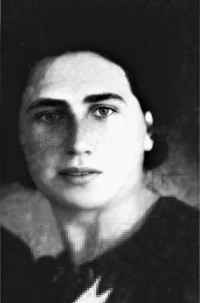
 Mlyniv, Ukraine
Mlyniv, Ukraine
 Yizkor Book Project
Yizkor Book Project
 JewishGen Home Page
JewishGen Home Page